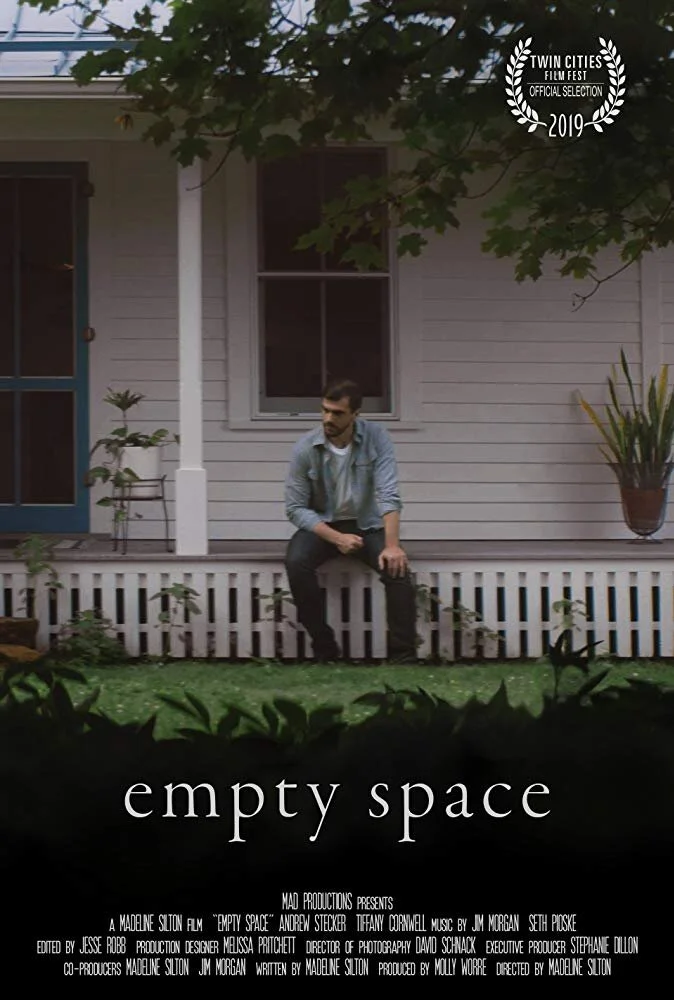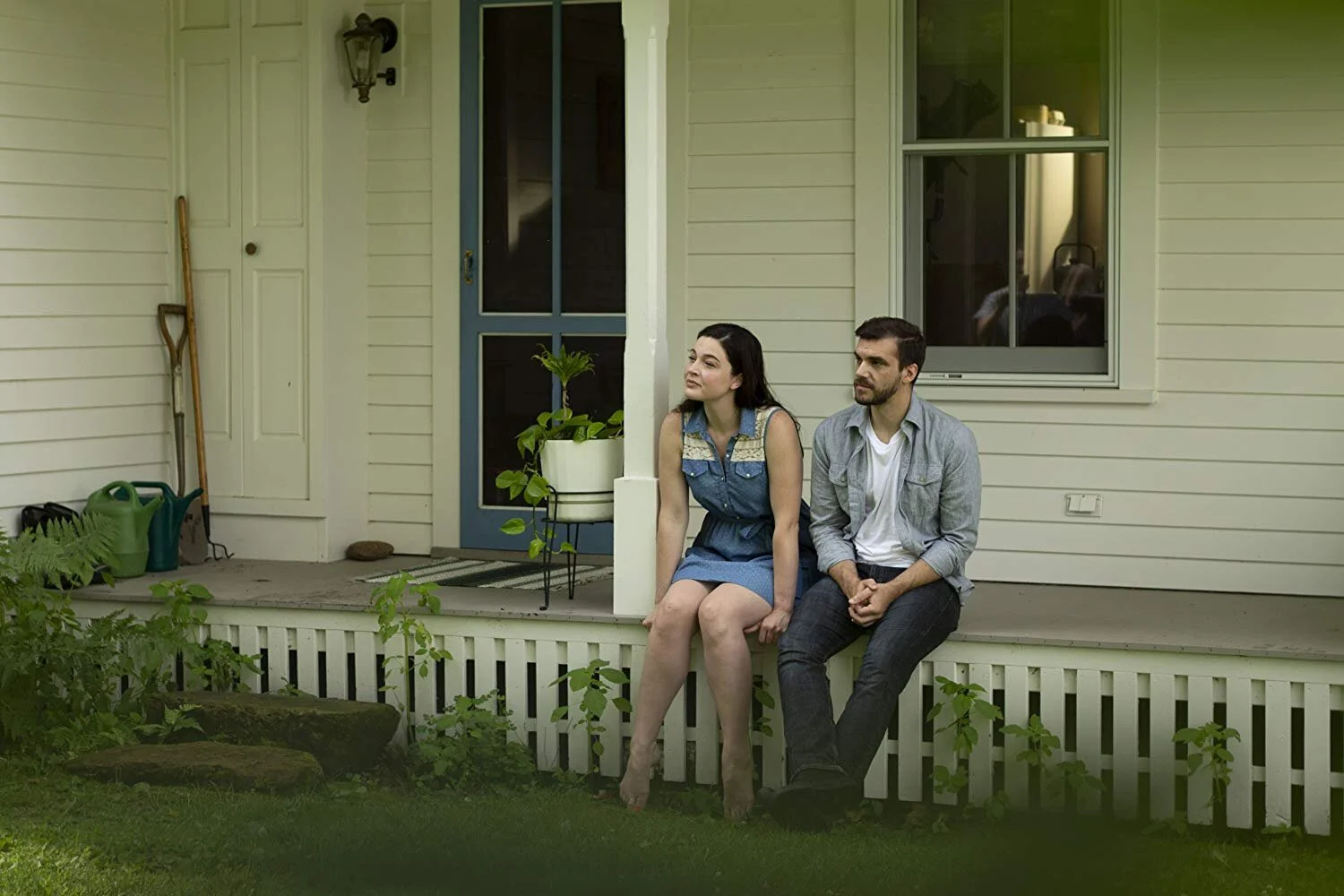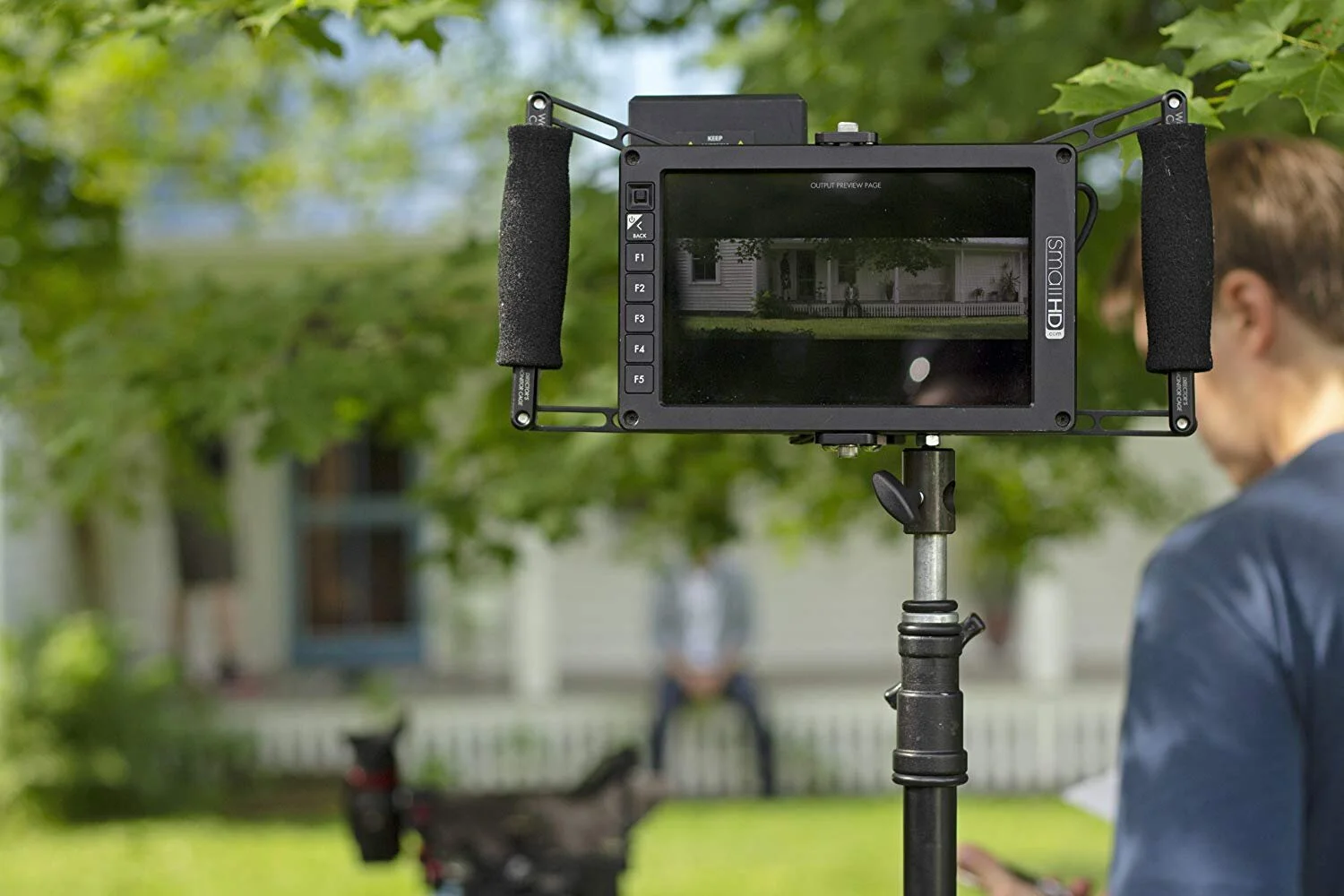'Empty Space' – An Interview with Madeline Silton
By Samuel Jeffries
‘Empty Space’ is the debut short film of director Madeline Silton. It is a drama focusing on the themes of isolation and depression. The film follows a young man named Matthew (Andrew Stecker) as he searches an empty town for his missing girlfriend, Catherine (Tiffany Cornwell).
The film premiered at the Twin Cities Film Fest and was very well received, completely selling out. As a student at the University of St Andrews, Silton represents some of the amazing artistic talents that can be found within the town. The film was a bittersweet affair that left me aching for more and gushing over the cinematography, and so I sat down with Madeline Silton to discuss the filming process, her inspirations and her own experiences leading up to the launch of ‘Empty Space’.
It certainly isn’t difficult to see the gorgeous, fluid camerawork that went into the film – an effect which Silton attributes to herself and her Director of Photography sitting down for ten hours, going shot by shot to plan exactly what they wanted from each scene. This level of detail ensures consistency in the film’s style which speaks to the level of control Silton and her team put into the production process. Silton also described the cinematography used to separate and emphasize the atmosphere of loneliness in the film: ‘We wanted all the shots when he is alone to be static, so it was all on the tripod and then we had what’s considered ‘floaty’ in the scenes with his girlfriend. So, we had it on this string, so it sort of floats up and down.’
I too found myself cutting forward and back to spot these moments on subsequent watches and the hidden symbolism blew me away. The team also emphasized Matthew’s loneliness through the use of empty space: ‘We frequently put Andrew, not on the middle of the bench but the side of the bench.’ This use of space is also consistent in many other scenes and comes to hold great importance within the plot – once again a small detail which clicks into place as the gripping story unfolds and made me go ‘Oh!’.
The film is evidently a work of blood, sweat and tears; although it could’ve been far more painful. Silton told me that the recording went smoothly, and they only had one ‘minor issue’ during the process. One of the notable locations of the short film is an ice-cream shop whose bright décor and joyful connotations contrasts harshly with the main character’s condition, creating a fantastic juxtaposition that continues the trend of a subtle emphasis on the theme of depression. Silton claims, ‘Originally, we were supposed to be in a coffee shop and it just didn’t end up working out, so we ended up moving to the ice-cream shop.’ This is a fascinating fact considering how integral this scene appears to be in the development of the main character’s struggle. ‘In the end, it was a really good choice and ended up working a lot better.’
Additionally, in terms of any regrets or changes that may have been undertaken in retrospect, Silton stated, ‘Occasionally, a couple of moments, I wish I could’ve drawn something else out of the scene.’ Considering the symbolism laden within the film, I can only imagine what teeth were left to be pulled from this beast. However, Silton did recognise this and followed up with a comment on how the editing phase assuaged most of her worries. In the end, it seems that Silton’s first foray into the world film ‘went really well!’
When asked about the subject of the film, namely depression and its effects, Silton stressed a desire to tackle it in an ‘unconventional way’ which is how she came upon the almost apocalyptic setting that the whole film is centred around. The film uses this unusual environment to underline how depression feels to those who suffer from it: completely alone and helpless to stop it. This is an aspect that many sufferers of depression, including myself, can empathise with. This was aided by the inspiration reportedly taken from the ‘Twilight Zone’, a TV programme which crafted strange and often unnerving scenarios which ensnared its audience. This inspiration can be seen in certain shots throughout the film, such as, ‘The shot in the gas station higher up was sort of a reference to the Twilight Zone’. Considering the atmosphere of isolation, the added influences taken from the ‘Twilight Zone’ assist in unsettling the viewer and inserting a degree of paranoia.
This all culminates in the ultimate point of the film – which Silton believes to be the most important aspect: Trying. The original script seemingly went through a series of changes, with one narrative having a far bleaker ending; Silton ultimately decided that the theme should revolve around perseverance and choice. Whilst I cannot delve too far into this for fear of spoiling this beautiful film, this message becomes a far more uplifting and encouraging message without disregarding the trials that the character has gone through during the entire film.
Moving beyond the film itself and into the realm of cinematography in general, Silton discussed her personal aversion to genre film. We discussed films like ‘Hereditary’ and ‘Midsommar’ as examples of genre-defying film, wherein the genre acts as a backdrop for character interaction instead of defining the entire plot. Silton expressed that the director of both films, Ari Aster, was ‘someone who understood character and understood human interactions’ and that this was a technique she tried to emulate in future projects. She also revealed that Alfred Hitchcock and Wes Anderson both had a pretty large impact on her as well: ‘Particularly ‘North by Northwest’, that’s probably my favourite Alfred Hitchcock movie.’
Finally, Silton finished the interview with some advice for other amateur filmmakers: ‘Get yourself out there.’ It may seem cliché, but Silton emphasizes that progression in the industry is highly reliant on connections and experience. Silton’s recounted where she began. ‘I started working film when I was 16. I started working for independent stock commercial sets’. This break into the Minneapolitan film industry is where Silton went on to meet and work with many of the members of the ‘Empty Space’ production crew too, an aspect that no doubt assisted in the congeniality of the group. It’s of massive importance that you work to establish yourself within the industry – even if it is in a smaller or more local community: ‘There’s a lot of Facebook groups for Filmmakers that have calls for actors or filmmakers or production assistants all the time, which is how I got a lot of work, especially on independent films.’ Silton’s big advice? ‘Work hard and find yourself.’
All images are credited to Madeline Silton’s Empty Space (2019), Mad Productions.



